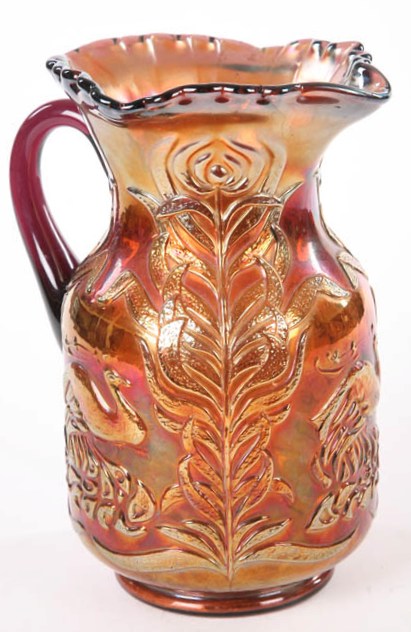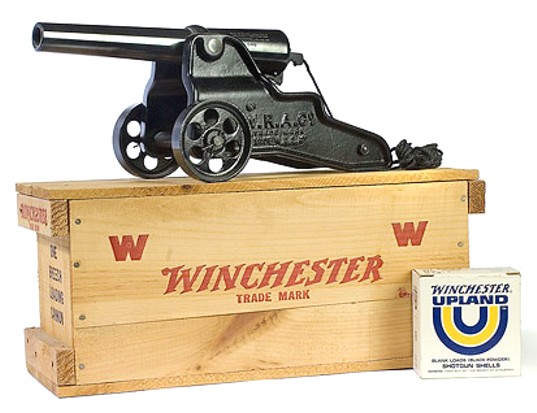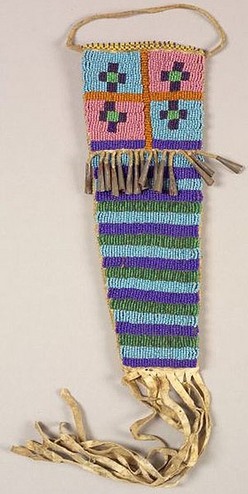
Edd Presnell Appalachian dulcimer
I love summer festivals, especially the music. I grew up going to Appalachian festivals and on summer evenings, I get homesick thinking about wandering around the old bank parking lot in the humid dark of a river town, stuffed with funnel cake and lemonade, listening to the various jam sessions in progress – fiddles, guitars, mandolins, and, of course if it’s mountain music you’re after, dulcimers.
The dulcimer is actually a pretty misunderstood instrument, not least of all because there are two very distinct instruments that share the name. The hammered dulcimer, a trapezoidal board with strings stretched across it that is played with, as the name suggests, hammers or little mallets, is much older – perhaps as much as 2,000 years old – and is thought to have originated in the Middle East (although they too were made in Appalachia). Despite being a much newer arrival to the music scene, the Appalachian dulcimer has far more nebulous origins.
Appalachian (or sometimes “mountain”) dulcimers (like the one pictured above) cropped up among the Scotch-Irish of the southern Appalachians, but this is puzzling, as the instrument doesn’t appear in Ireland, where the Scotch-Irish came from, nor further back in their ancestral homelands of England or Scotland. It does show some connections to now-obscure Continental instruments though, and the end product might well be the result of incorporating some of those elements in an attempt to make an instrument that resembled a violin. Even today, the instruments vary considerably in terms of shape, material and even the number of strings, but regardless of the exact origins, the Appalachian dulcimer is clearly an American instrument. With such humble and jumbled beginnings, it’s no surprise that a variety of styles are applied to playing as well.
With few known examples surviving from before the last quarter of the 19th century, I’m particularly excited about a local exhibition at the Decorative Arts Center of Ohio. Appalachian Strings, which runs through September 9, 2012, offers dulcimers as well as a variety of other handmade instruments (fiddles, banjos, and even “make-do” instruments crafted from household objects).
-Hollie Davis, Senior Editor, p4A.com
Reference & Further Recommended Reading:
To search the Prices4Antiques antiques reference database for valuation information on hundreds of thousands of antiques and fine art visit our homepage www.prices4antiques.com








